Sandra Coan turned a side hustle into six figures
By restructuring everything from pricing to profit margins, Sandra Coan built one of the most successful portrait studios in the Seattle area.
• June 2019 issue
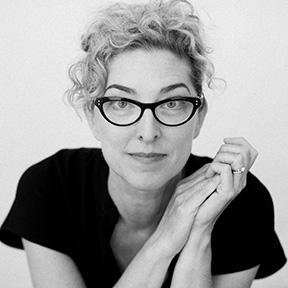
Sandra Coan
Sandra Coan almost wasn’t the subject of this magazine feature. In fact, she almost wasn’t a professional photographer. To be more accurate, she almost didn’t continue to be a professional photographer.
Like so many photographers who evolve from hobbyist to part time to full-time practice, Coan struggled mightily to make her business work. A former kindergarten teacher, she transitioned into professional photography after doing maternity portraits for friends. She did the work as a side gig, and as her client list grew, she started to focus her energy on photography. The problem was that after a couple years of wholeheartedly pursuing photography, nothing about the business was adding up. She was working too hard, making too little. She was getting work but not making a profit. Frustrated and burned out, she was on the verge of quitting. Before throwing in the towel, she committed to making a last-ditch effort to save the business—and the dream.
“When I turned the side hustle into a full-time business, I didn’t understand how to run a business,” admits Coan. “I didn’t have a voice. I was chasing all kinds of work. I didn’t know about pricing or marketing. I was a little lost.”
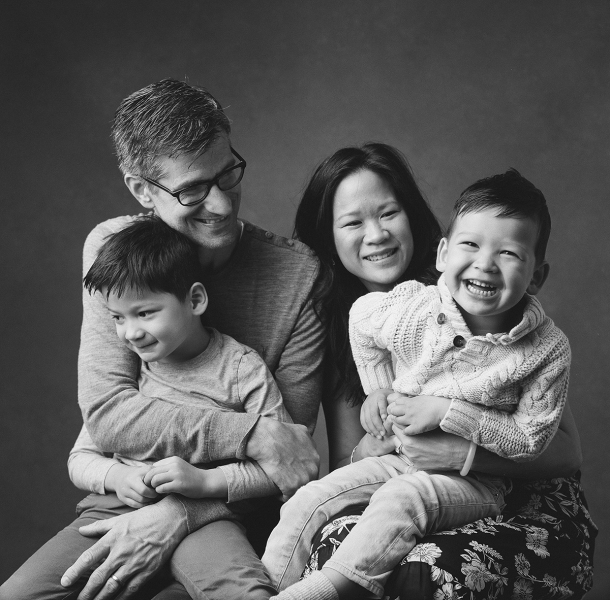
So she hit pause and examined everything about her business. Her first realization was that she was pulling in too many directions. She knew what she did well, but she wasn’t able to focus on it. That realization gave her a place to begin making changes. “I told myself, I’m going to do what I want to do or go out of business,” she recalls. “That was the turning point.”
Coan resolved to learn everything she could about business, branding, and marketing. She looked at other industries. She hit the books. She dove into her numbers to figure out how to restructure everything from pricing to profit margins. “When you actually learn about these things and implement them, it turns out they actually work,” she says with a laugh. “The roadmap is out there, you just have to follow it.”
By following that roadmap, Coan ultimately built one of the most successful portrait studios in the Seattle area. She’s now a photography business speaker, and she profitably pursues her own brand of maternity and newborn photography. It’s a six-figure business built on what she wants to do and how she wants to do it. The process took time and hard work, and it started by building a better brand.

Building a brand
Too many photographers don’t understand the basics of their brand, says Coan. “People get caught up in logos and colors and design, but it’s more than that. It’s about the consistency of your work. People should be able to scroll through Instagram, see one of your photos, and instantly recognize it as yours. That’s a strong brand, and that’s critical to building a successful business.”
When you have a strong brand, you can reach your clients easier, you can charge more, and you can shape the future of your business. Coan breaks down the process of establishing a strong brand into three steps:
Step 1: Figure out what you want to do. Set aside some time to figure out what you want to do, and be willing to pursue it with all your energy. This may sound simple, but it’s terrifying for most photographers because it’s so easy to get caught up in pursuing whatever is trending. “The thought is that if you do what’s popular, you’ll be successful,” explains Coan. “But the more you chase trends, the more you become one of many. When you’re one of many, it’s harder to charge top dollar and much harder to stand out from the crowd.”
Instead, urges Coan, stand out by fearlessly pursuing what you do best. Focus on it exclusively. That’s how you create a market for your work.
Step 2: Know who your people are. Who is your target market? Who gets you and is willing to pay for your vision?
Examine your client list, suggests Coan. What do they like about your style? What do they want? How can you craft your offerings to better speak to their lifestyle? Above all else, how can you solve their problems?
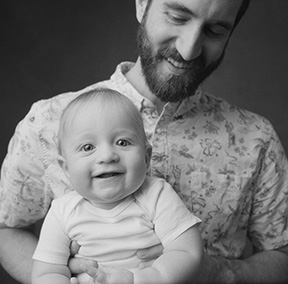
Coan recommends identifying three to five clients you’ve loved working with. Write down the details about them. What’s their style? What questions and concerns did they express to you? Did they have special requests? What are their interests? What was their target budget? What did they buy? Write down this information, and then see where there’s overlap among the top clients.
Next, write down some of the characteristics of the people you want to work with. What does your dream client look like? Compare these characteristics with those of your top clients.
Now you’re starting to get a picture of your ideal client. Describe the persona of your target as if they’re a real person. Picture them in your mind’s eye. Recall this visual as you market your business, develop new product lines, and send communications.
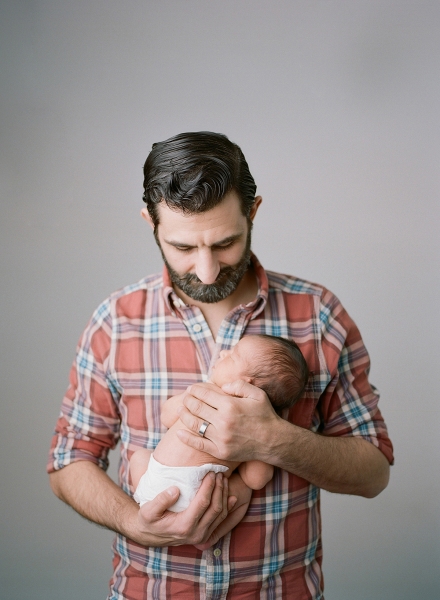
Step 3: Market to your people. Marketing, at its core, is the act of getting out the right message to the right people. Refer to your ideal client persona and consider how you can best communicate with them. This usually requires a good understanding of a few basic tools:
- Website. You have about three seconds to communicate to clients exactly what you do. Are your images on brand and do they show the kind of work you want to do? Is the messaging clear? Is the navigation of the site intuitive? People are coming to you because they have a need. Use your website to explain how you’re going to provide a solution. And tell them what to do. Do you want them to contact you? Book a session? Read more? Make your call to action visible and clear.
- Blog. A common mistake made by photographers is treating a blog like a portfolio. It’s not. A blog is a place to educate clients, communicate important messages, and position yourself as an expert in your field. One way you can do that is answering frequently asked questions, especially those that give an insight into your process or your unique artistic approach.
- Social media. Much like the blog, your social media accounts shouldn’t just be portfolios. These are valuable marketing platforms you can use to educate and communicate. Answer questions, talk about how you prepare clients for their session, give clients suggestions about clothing, engage with people who ask questions or make comments on your social networks. Keep the conversations going. The more people like, share, and comment on your posts, the more those posts will be displayed to others.
- Partnerships and referrals. Don’t forget about real, in-person relationship building. Look for partnerships and co-marketing opportunities, such as partnering with local businesses and forming reciprocal referral arrangements.
For each of these elements, Coan recommends drilling down to make sure you’re always on point, always consistent. Usually, that means communicating in terms of solutions instead of what you produce.
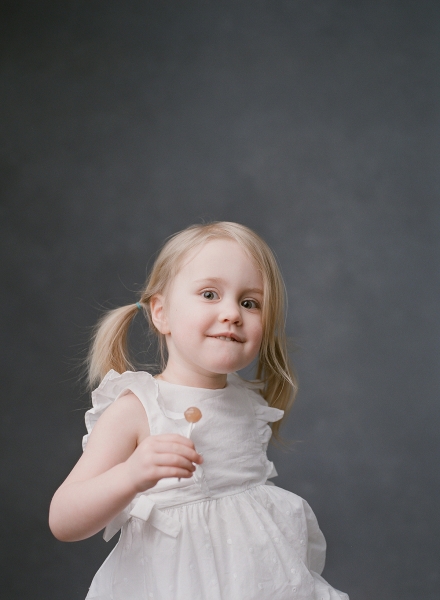
“For photographers, this can be hard because we tend to focus on what we do instead of thinking in terms of how we can help,” says Coan. “However, it’s important to put things in the client’s perspective. Instead of just bragging about how great you are, communicate in terms of how you can make your client’s life easier.”
This process circles back to the central idea of understanding your brand and your unique vision. Trust that vision, says Coan. It’s yours, and no one else can duplicate it.
“At the end of the day, the only thing you really have that’s uniquely yours is your point of view. If you can be really smart about how you communicate that and market it, that’s where the magic happens.”
RELATED: More of Sandra Coan's family photography magic
Jeff Kent is the editor-at-large of Professional Photographer.


 View Gallery
View Gallery
